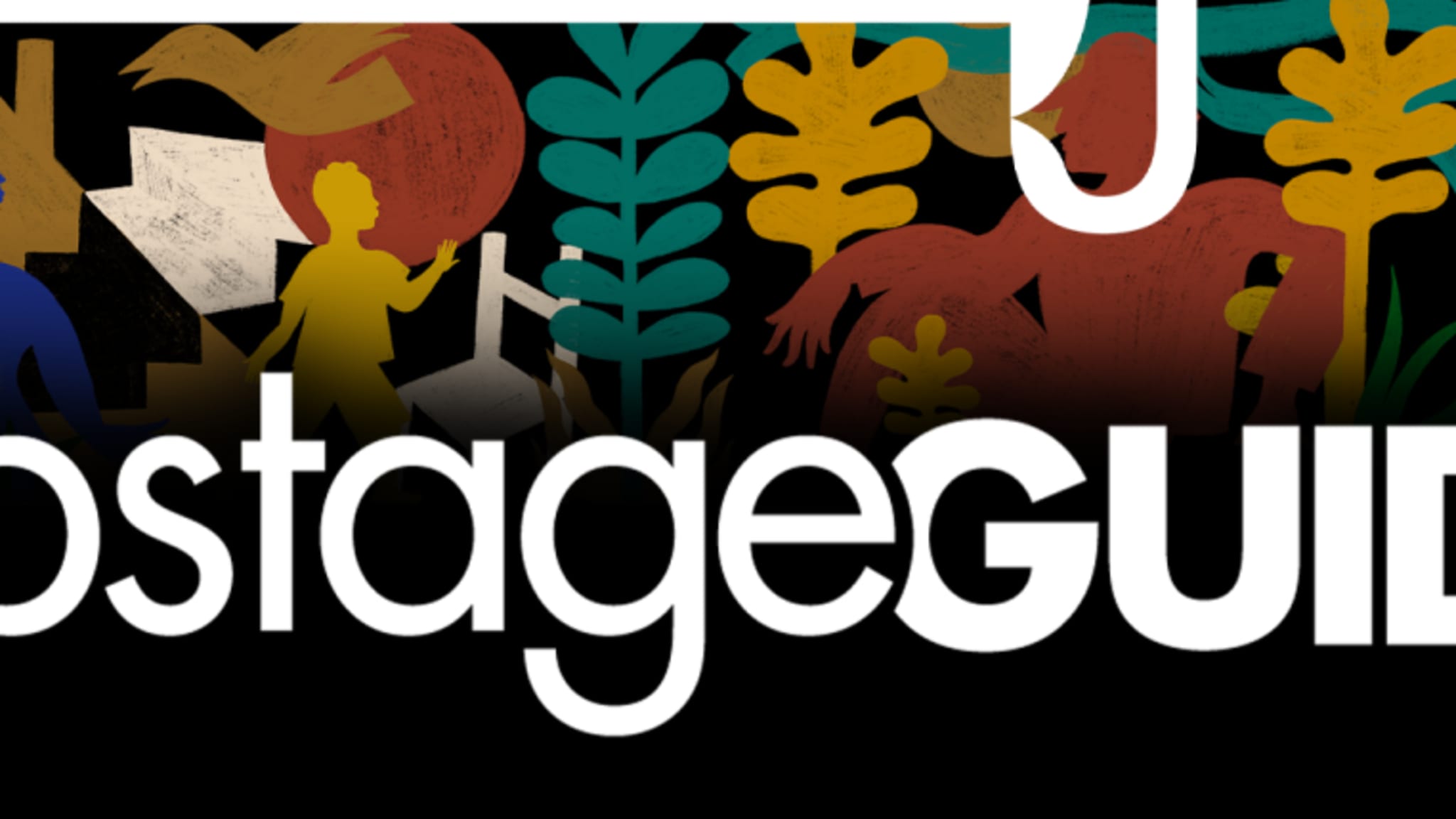Artists are often inspired by experiencing the work of other artists. Now that you’ve seen The Refuge Plays, we invite you to step into the role of artist to further explore and engage with the themes of the piece. The following activites were crafted by Roundabout Teaching Artists with high school age students in mind, but they are more than applicable for any group or ensemble that wants to collaboratively continue reflecting on The Refuge Plays.
Jump to:
ACTOR
How does an actor use historical research to deepen their understanding of character in The Refuge Plays?
In The Refuge Plays, Early and Eddie create a remote home space for the generations of their kin to come. Each generation chooses to stay on, or in some cases return to, the same plot of land Early came to in the 1950s.
Read
Read the Timeline of The Refuge Plays.
Discuss
Did any of the events on the timeline jump out to you? What caused that event or events to stand out? Did you notice any major similarities or differences between the events of each decade included? If you can recall any of the contemporary events, how did you feel when they happened versus how it felt to read about it in the context of the this timeline? How do world events impact how one experiences their daily life?
Prepare
Select one of the characters from The Refuge Plays and take on their point of view. Create your personal manifesto for why you have chosen to live in this particular spot. You may write a monologue, journal your thoughts, record a spoken statement, or any other means of expressing your character’s thoughts and feelings.
COMPOSER
How does a composer create a “sacred place” using a group of voices?
Imani Uzuri, the composer for The Refuge Plays, worked with the cast to find their voices and add to the ritual of the piece. Part of Uzuri’s role in the production was to create “vocal soundscapes”—that is, leading the actors in creating collections of sound that evoke spaces or feelings that add to the central themes and narratives of the piece.
EXPERIMENT
With a group of at least three people, experiment with creating a collection of sounds that evoke a rainstorm. How about a forest? What sounds are present and how might one use their body or voice to recreate those sounds?
As a group, decide on a series of hand gestures that a “conductor” might use to create a soundscape. You will most likely want to choose gestures that signify go, stop, faster, slower, louder, and quieter. Select one person to be the conductor and have them guide the group through the soundscape for a rainstorm or forest.
CREATE
Individually, take a moment to think about a place in your life that brings you peace and tranquility. Share with the group and identify specific sounds in this space. You can jot these down if helpful.
Allow each person in the group to take a turn being the “conductor” of their peaceful place’s soundscape. The group can use the sounds brainstormed in their discussion and the conductor may choose to change these. After each person has taken a turn as the conductor see if you can create a soundscape that combines sounds from each group member’s space. Take turns conducting.
REFLECT
Was there anything that surprised or challenged you in the process of building these soundscapes? What was the experience of being a part of someone else’s soundscape? Where was there overlap or contrast between each group member’s personal soundscape?
PLAYWRIGHT
How does a playwright use narratives of their family history to create theatrical content?
The Refuge Plays travel backwards in time to uncover one family’s history and secrets. Ultimately, the audience is left with a deeper understanding of the reasons for why younger generations of the family find themselves deep in the woods of Southern Illinois.
JOURNAL
What are the family legends or lore in your own family? Can you think of any stories that have been passed down about your own ancestors? Jot these down.
RESEARCH
If possible, interview a family member to see if they might have a specific family legend or story to share. If there is a story you already know, ask if there are any details you’re missing or got wrong.
CREATE
Write a short monologue from the perspective of the family member centered in your family legend. This can be inspired by the story, or a direct telling of the story itself
Published on October 3, 2023.



